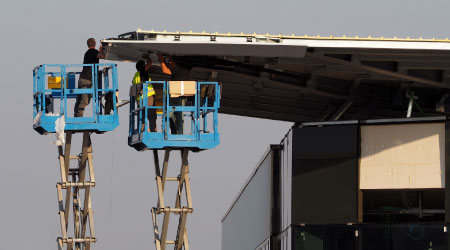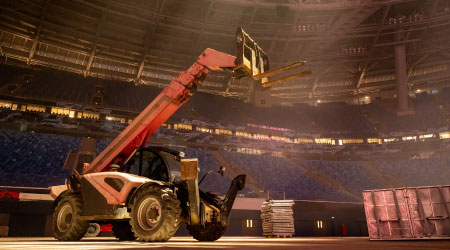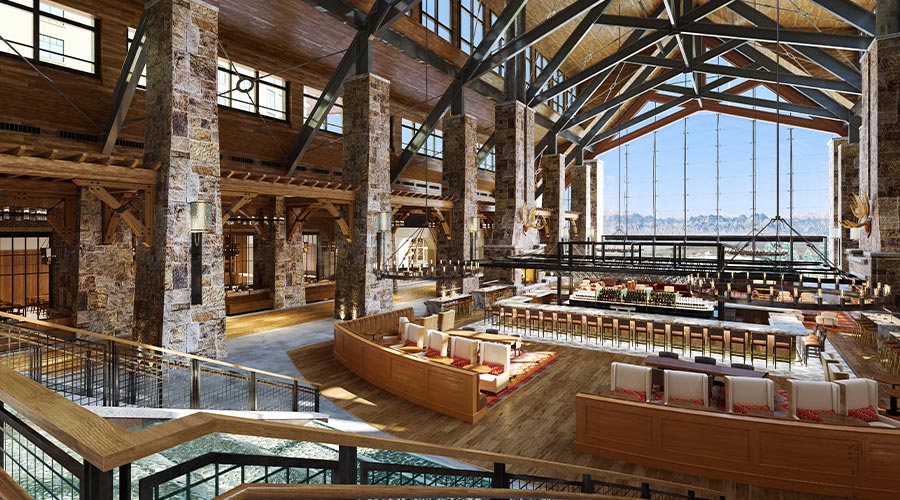Scissor Lifts and Telescopic Booms: Know the Difference
Facilities present maintenance and engineering departments with an array of tasks and an equally large array of obstacles to perform some of them. From replacing lamps in high ceilings to pruning trees on crowded landscapes or moving materials into awkward storage areas, the list seems endless.
Luckily for managers and their crews, manufacturers of aerial lift equipment provide a broad selection of scissor lifts, articulating booms, material lifts and telescoping booms designed to bring any task within a technician’s reach.
Whether buying or renting, selecting the most appropriate lift for the task is essential to ensure workers can do the job effectively, efficiently and safely. For managers who think they know all there is to know about lifts, they might want to think again. Things have changed.
“Many of the changes might appear transparent to most people, but they have been significant,” says Mike Disser, vice president of marketing for NES Rental, which specializes in aerial lift equipment.
Equipment Options
Scissor lifts use a lifting mechanism consisting of a stack of crossed tubes working in a scissor-like fashion when the operator raises or lowers the platform. These machines are designed for level surfaces to access areas directly overhead. Their greater lift capacities allow the operator to carry larger and heavier combinations of tools and materials.
Aerial work platforms using multiple boom sections that hinge or articulate are known as articulating booms. These machines vary in height up to about 140 feet, with a maximum reach of up to about 70 feet. These booms offer access to work areas over obstacles and barriers, such as shelving or machinery. They have less horizontal outreach than telescopic booms but provide greater versatility with up-and-over positioning. Also, they can hold up to 500 pounds.
Telescopic booms offer greater horizontal outreach than other lifts. Their reach can range from about 30 feet to 80 feet, with working heights of up to 131 feet.
“Material lifts can be used in thousands of applications in hundreds of industries,” says Kim Williams, product manager for Genie Industries. “One person can transport, set up and operate the majority of material lifts.”
Related Topics:














